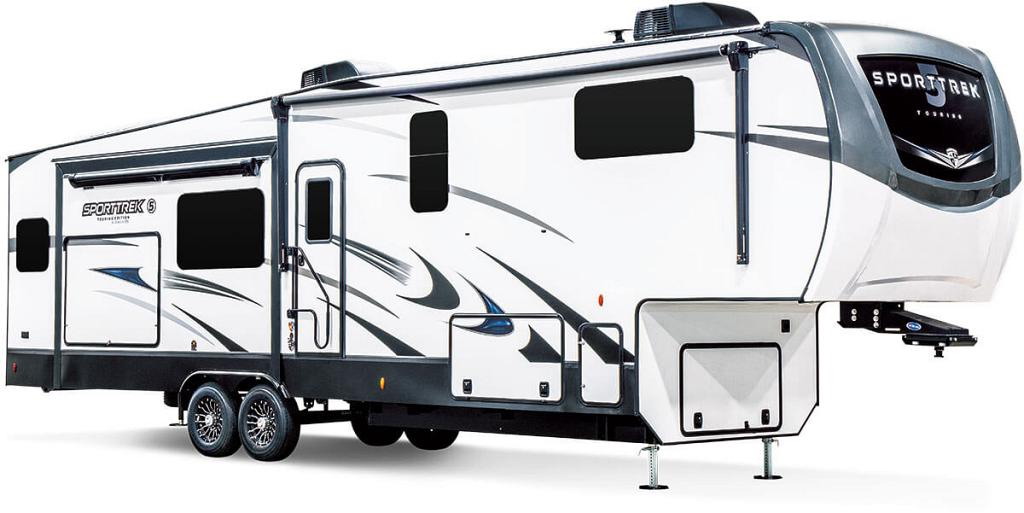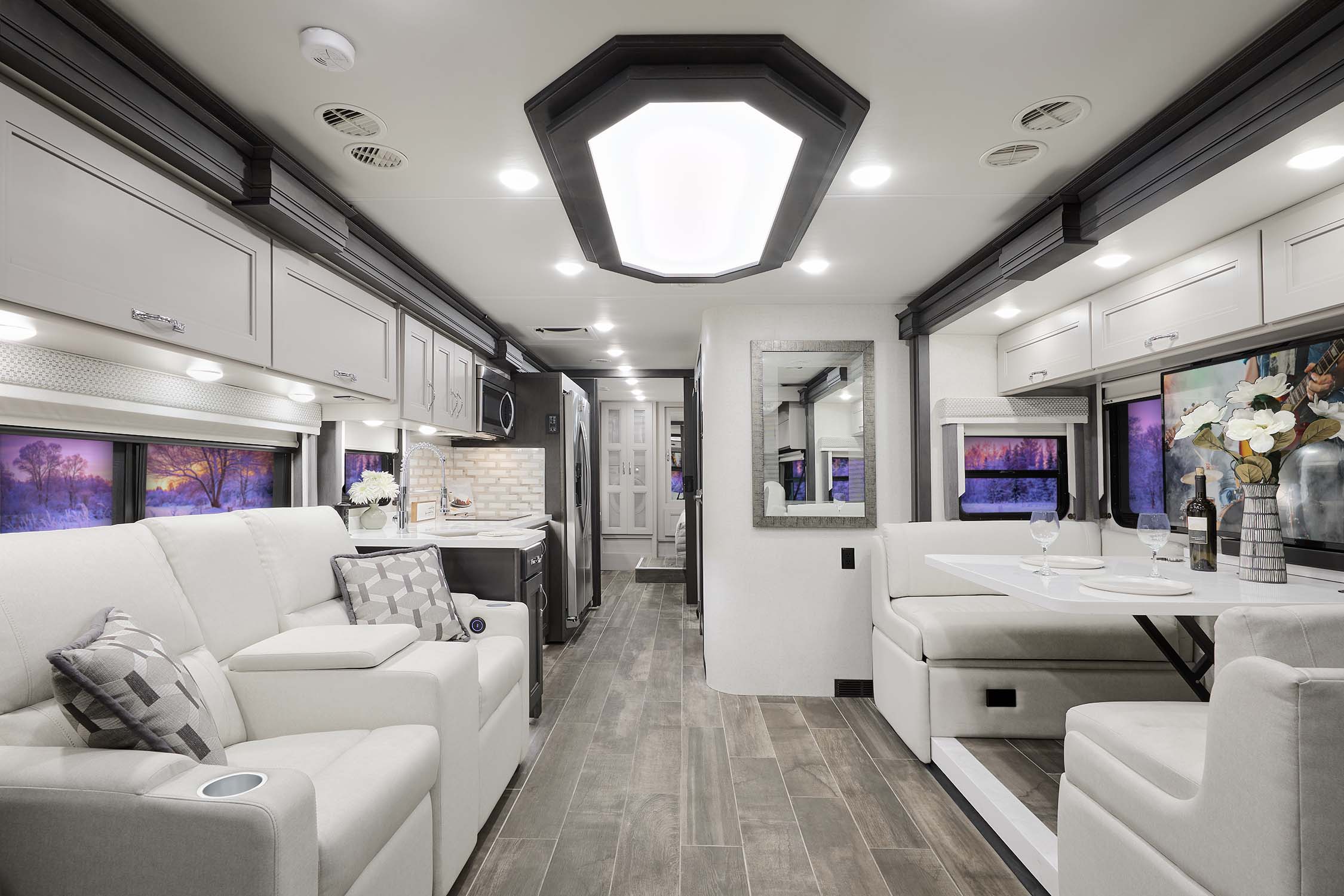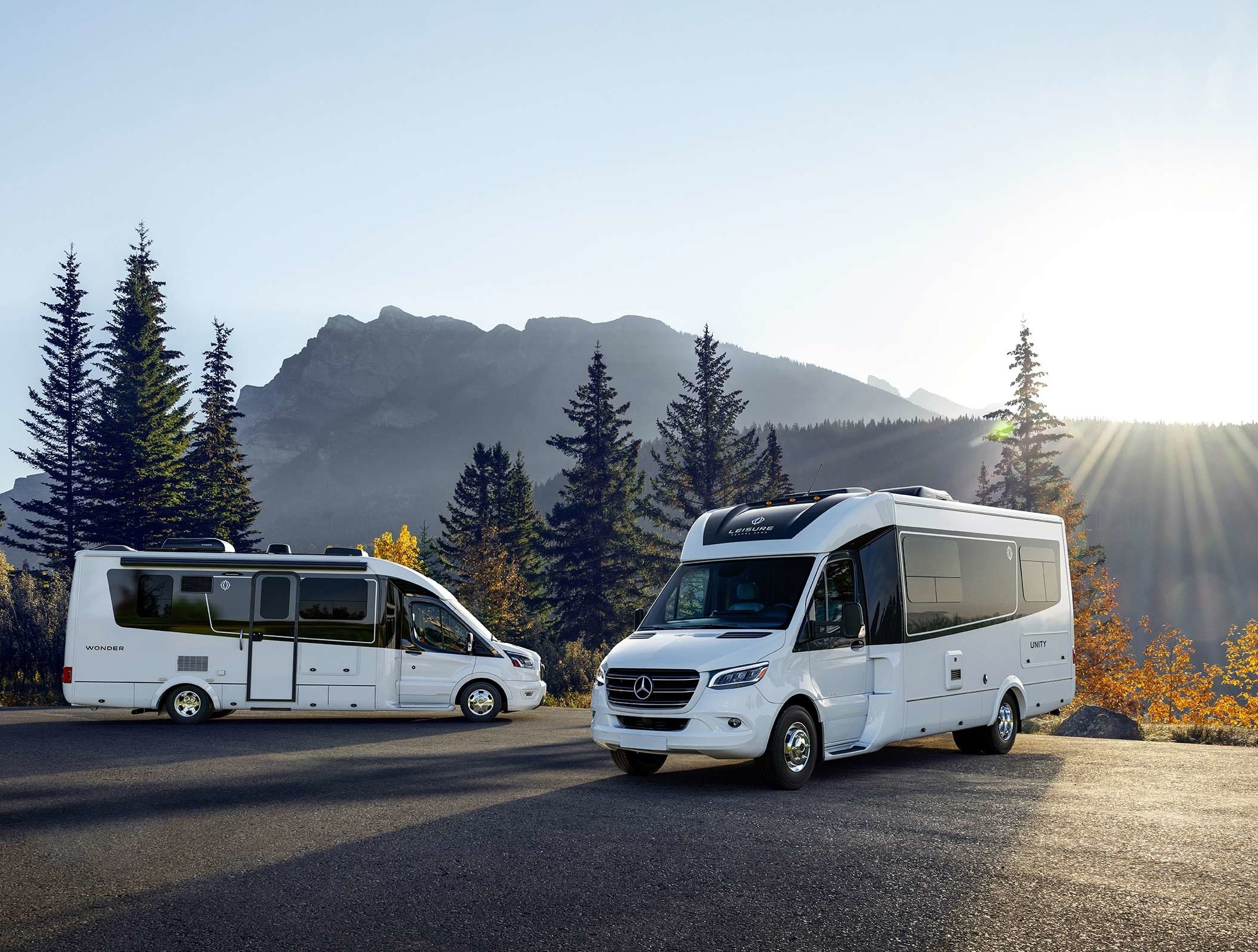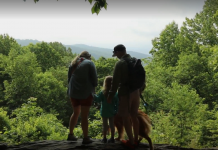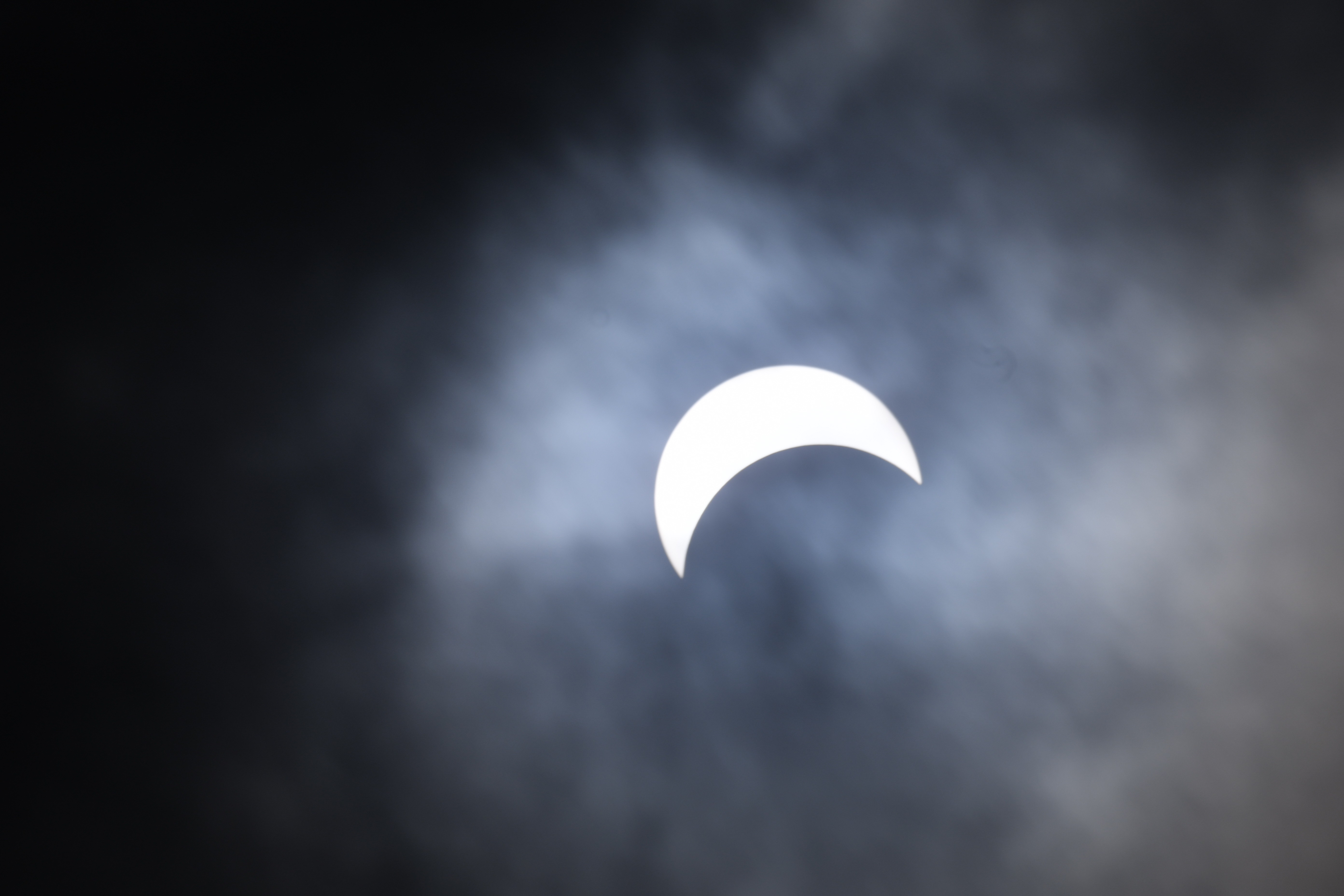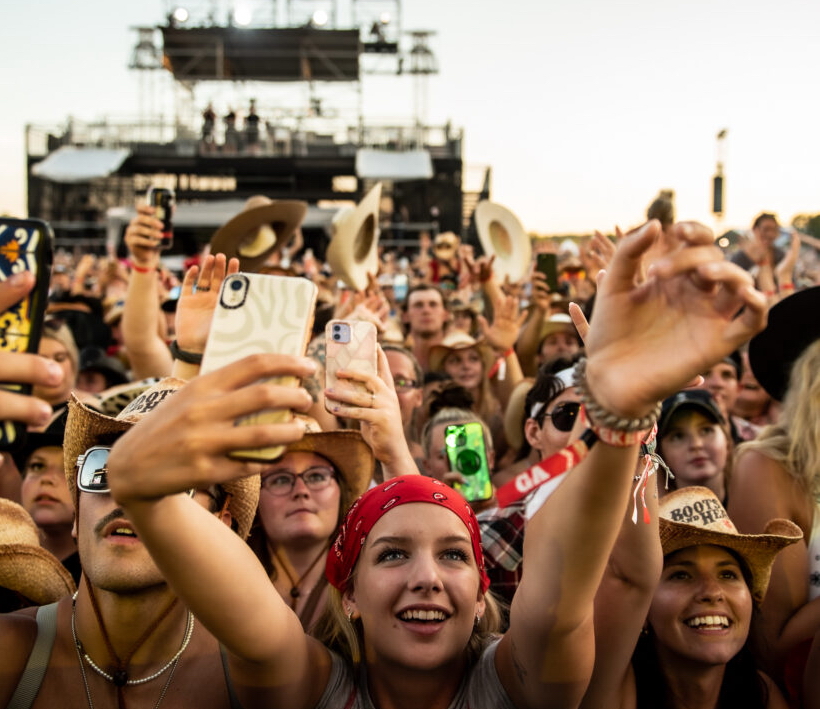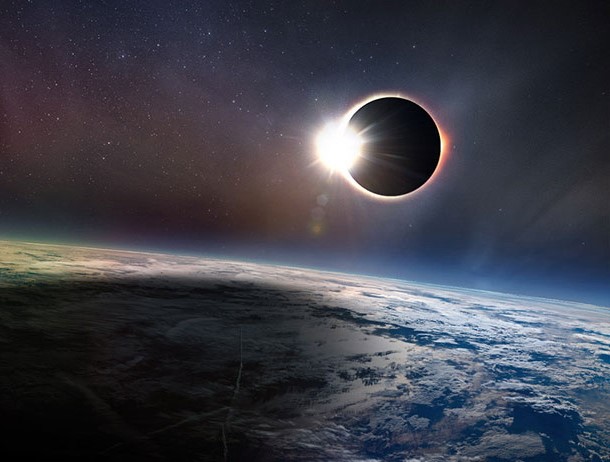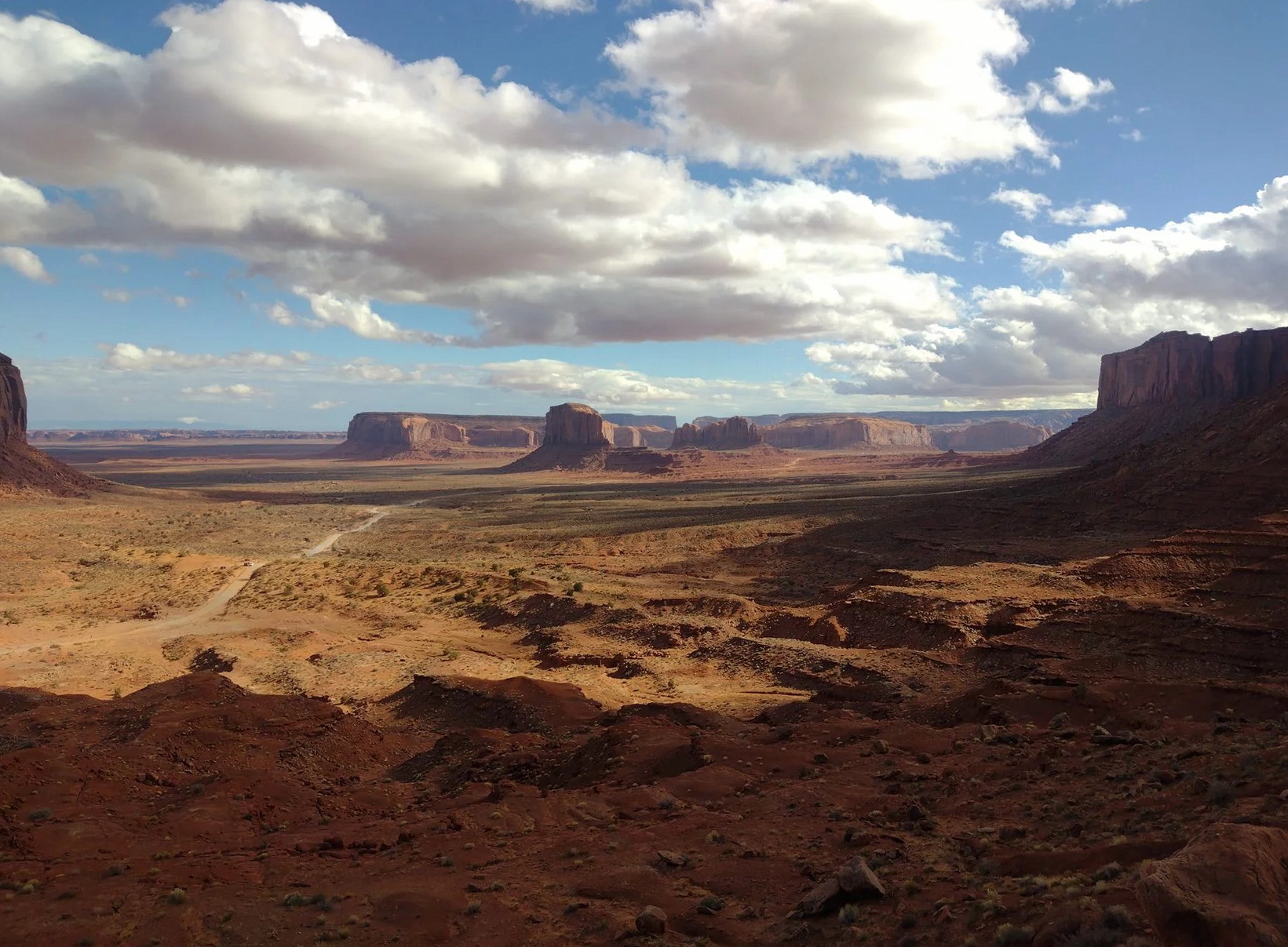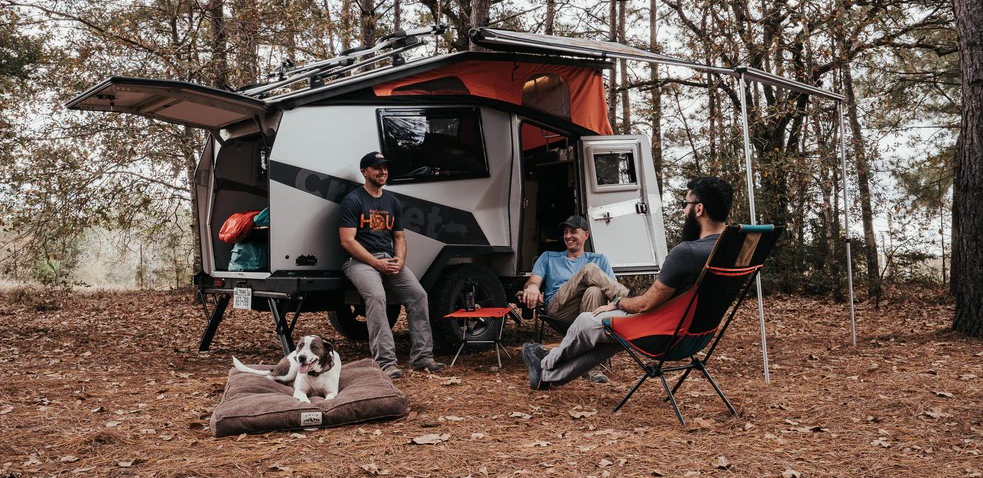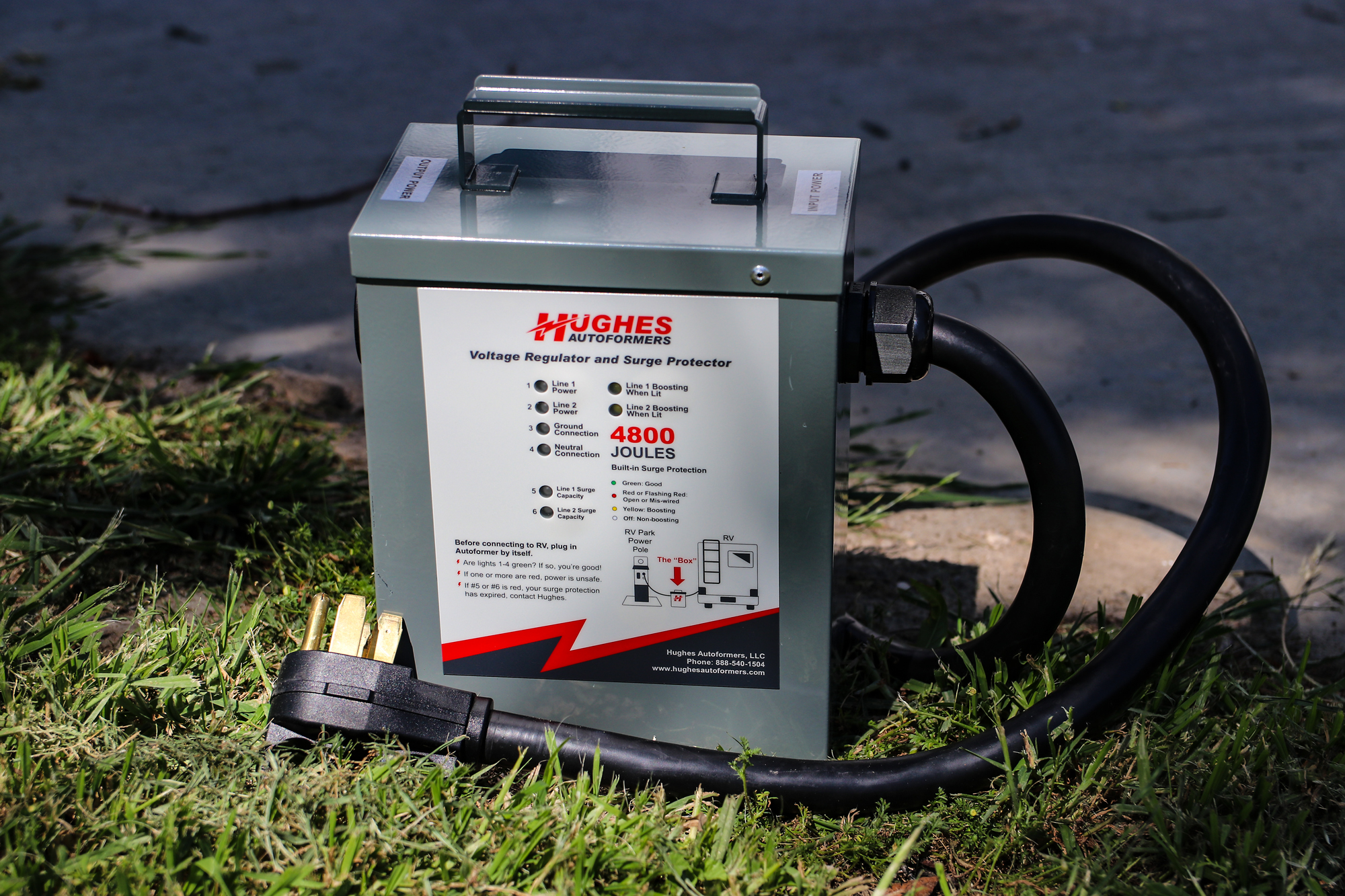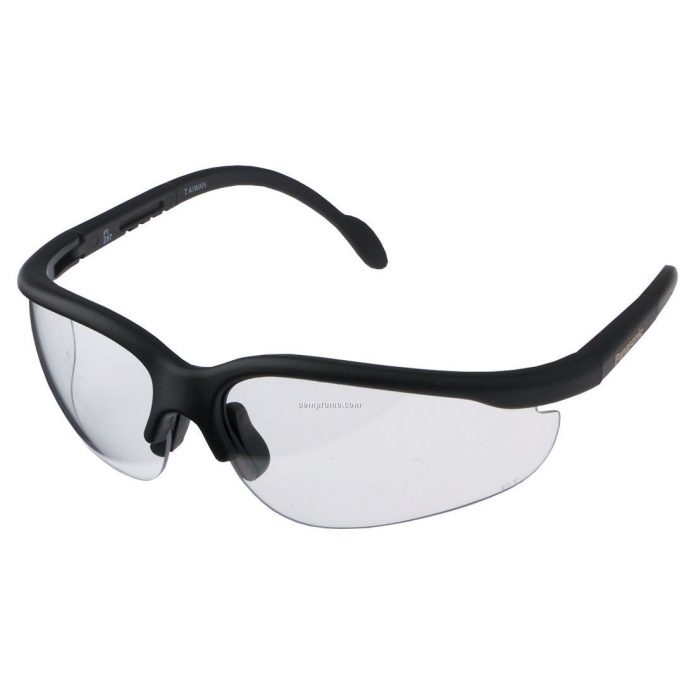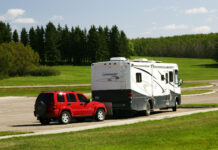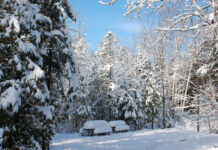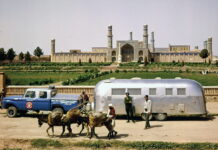By Carolanne Babuik
2021 marks RV Lifestyle Magazine’s 50th anniversary year and we are highlighting previously published articles that are still relevant. This article on eye care safety was originally published in 2003 in the Aid D’Camp column of Vol. 32 No. 1.
–
“Honey, put on your glasses!”
Just as I was cautioning Robert about chopping the firewood, a small wood chip flew into the air. Although Robert wears glasses, a particle somehow deflected off the glass and entered the corner of his eye.
I went to him immediately, had him sit down and checked his eye. The chip had left a small scratch just to the side of his face. It missed the eyeball. Robert was lucky, the particle could have scratched or embedded itself to the eye.
For years, I have been telling people that when working with wood – or any material for that matter – it is important to wear protective gear, in this case safety goggles. When camping we wear protective equipment to protect our feet, our hands, and even wear hats to protect our heads, but what about our eyes? Think about it, sight is something we take for granted yet give little thought to. It is essential to invest in safety approved goggles with upper and side protections.
The majority of eye injuries that I have encountered in my many years of RVing have to do with foreign objects such as dust, sand, and wood chips or sawdust. The small particles of dust or sand that are blown into our eyes do cause pain and discomfort, but a few blinks of the eye to promote tearing can rid the eye of the irritation. If the object is visible and loose take the corner of a clean, moist cloth and wipe it away. If the object cannot be removed, seek medical help immediately.
As for embedded objects, it is very dangerous for a person to try to remove the object on their own. Have the casualty lay down immediately, keep them calm, and advise them not to move their head and to restrict eye movement. The more the person looks around, the more pain they will cause, and further damage is possible. Grab your first aid kit and build up dressing around the object and secure it in place. Call for medical assistance. If the embedded object is very small and the casualty has difficulty opening his or her eye, cover with soft, loose dressing and, again, seek medical attention.
Whether it’s cooking over an open flame or sitting around a campfire, it is important to remember eye safety, especially on nights where there is a significant breeze. At times, the wind may throw the sparks, and if not careful a spark may be blown into an eye. Burns to the eyes and even the skin from open flames is a common injury. Whatever the burn, it is important to cool down the area. Flush with cool water and apply clean, moist dressings. For any degree of burn to the eye, a visit to the nearest medical facility is a must.
Battery acid, BBQ and general cleaners and toilet fresheners – what do these have in common? They are all found around your RV and they all have chemical components that can do damage to your eyes and cause a chemical burn. As with an eye injury, chemical burns are preventable. The chemical can be in liquid, powder or gas form.
For chemical burns, flush the eye from the bridge of the nose outward with cool clean water for about 15 minutes or until medical help can be found. If an ambulance is not in the immediate area and you must transport the person to a medical facility, flush for another 15 minutes and cover the eyes with moist dressings. Speedy medical attention can make a difference in treatment, care and recovery. While on the topic of chemical burns, it is important to remember that if the chemical happens to be a powder, you must first brush away the excess powder with a clean cloth and then flush for 15 minutes. Some chemical powders do not react well with water and may cause what is known as a chemical reaction.
Did you know that your eyes are susceptible to sunburn as well? It’s important to wear sunglasses during the sun hours in the summer and while boating (the water magnifies the sun’s rays). Some people RV during the winter months and snow will also magnify the intensity of the sun’s rays. Don’t take chances, wear sunglasses! (*Perhaps polarized lenses are a good choice for you.)
Although they come in hundreds of shapes and colours, when you purchase eyewear, insist on glasses that will protect you from ultraviolet rays (UVs). Don’t be fooled by fakes. Talk to an eye doctor or purchase them from a reputable company that specializes in eyewear. Another simple reminder, wear a hat with a large brim to shade your eyes. Eye injuries from the sun may not be immediate, be aware of the long-term dangers as well.
The gift of sight is precious, never let your guard down. Whether at home or on the road during RV season, take care to protect you – and your family’s – eyes and remember: “If it’s not safe, it’s not fun.”
Before RV season, invest your time and take a first aid course. You may never need your skills, but you just never know. For more information on training, first aid kits, and supplies, contact your local Canadian Red Cross.
Editor’s note: The Canadian Red Cross now offers first aid courses online. Click HERE for more information. Polarized lenses work to reduce water and snow glare, reduce eye strain, and can improve contrast and visual clarity. See if they are right for you.






